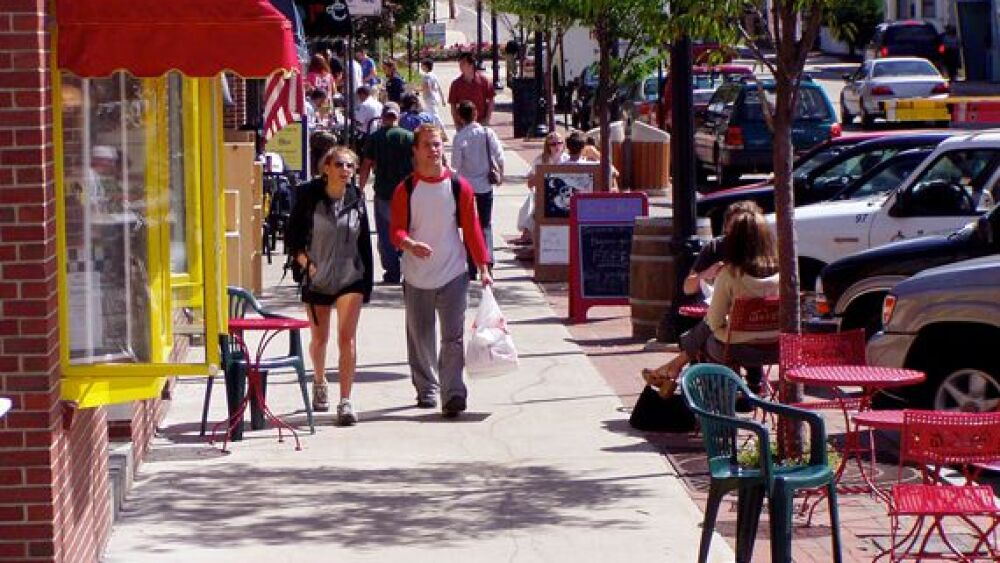The following question was recently posted on Quora:
How do walkable cities avoid concentrations of specific businesses and public spaces?
Read John Lilja’s response below:
This is an interesting concept which I have not heard applied to Urban Design or Urban Planning before. Frankly, I’d never heard of the Nash Equilibrium, and still have some doubts that the issues are as simple as that, but I haven’t done any research to say otherwise.But I have my own opinions about the nature of things.First, the greatest walking cities in the world existed before cars. Their design was influenced at its core by the behavior of the human being. The size of doors, the location of windows, the width of sidewalks, the location of lighting. At their origins, these determinations were made with people in mind rather than cars. When it came to streets, horses and carriages were considered, but they were still slow like people. And you can feel this thinking as you walk streets and alleys in Rome, Paris, Heidelberg, London, etc.As for how businesses get located, that’s a completely different can of worms. There are many different influencing forces at work. Government policy, tax credits, rent fluctuations, marketing strategies, and more all will influence whether or not a specific storefront ends up being a Banana Republic or a Walgreens. And the advent of the automobile combined with Post-War US development, changed everything.
In 1920, businesses were located in “Downtowns”, whether in small towns are large cities, because these businesses had to effectively do two things. (1) Attract customers, and (2) Procure material needs from other Downtown businesses.
Would you try attracting customers from your other Downtown competition by being 10 miles out of town? Of course not.
Would it be easier to get the products you need for your business if you were 10 miles (by wagon) from your supplier? Of course not.
Being massed together in one large business center made more sense than being spread out. But the automobile and delivery trucks changed that. It became easier to move goods and consequently, businesses didn’t need to be so close together. They could take advantage of all of the cheap land outside of the downtown.
As the businesses moved, the land speculators and housing developers in the 1960s and 1970s saw opportunity and began buying up farmland and filling in the empty spaces. Working class families who had lived in tight apartment buildings for generations (a la the Honeymooners) had the opportunity to move to larger lots with no shared walls. This was a major change, and the humans appreciated it, not being able to foresee what could be coming.
The roads which connected these different places together were subject to increased haphazard commercial development, too. And we went from a Downtown of businesses owning their own properties, to Sprawl with businesses leasing space instead.
The economic issue of Own vs Lease also affects what businesses will move in. A Walgreens will buy the property and move in long term. A Banana Republic will rent a location with the long term expectation of failure. They KNOW they won’t be there in 20 years. If they knew that people would keep them in business, they would buy a lot instead.
But the main reason for people not being able to meet all their daily needs (work, school, entertainment, shopping, groceries) by walking has another who set of issues.
Sidewalks. Many suburbs don’t have them, making walking dangerous.
Lot Size. When residential lot sizes are larger, the human density of the region is lower, and fewer businesses can survive.
Convenience. Until walking becomes more convenient than the automobile, most people will not walk. There is a convenience threshold of about a half-mile. Beyond the half-mile, people will drive.
Anyway, I can’t confirm the Nash Equilibrium idea for you, but I hope this helps.












